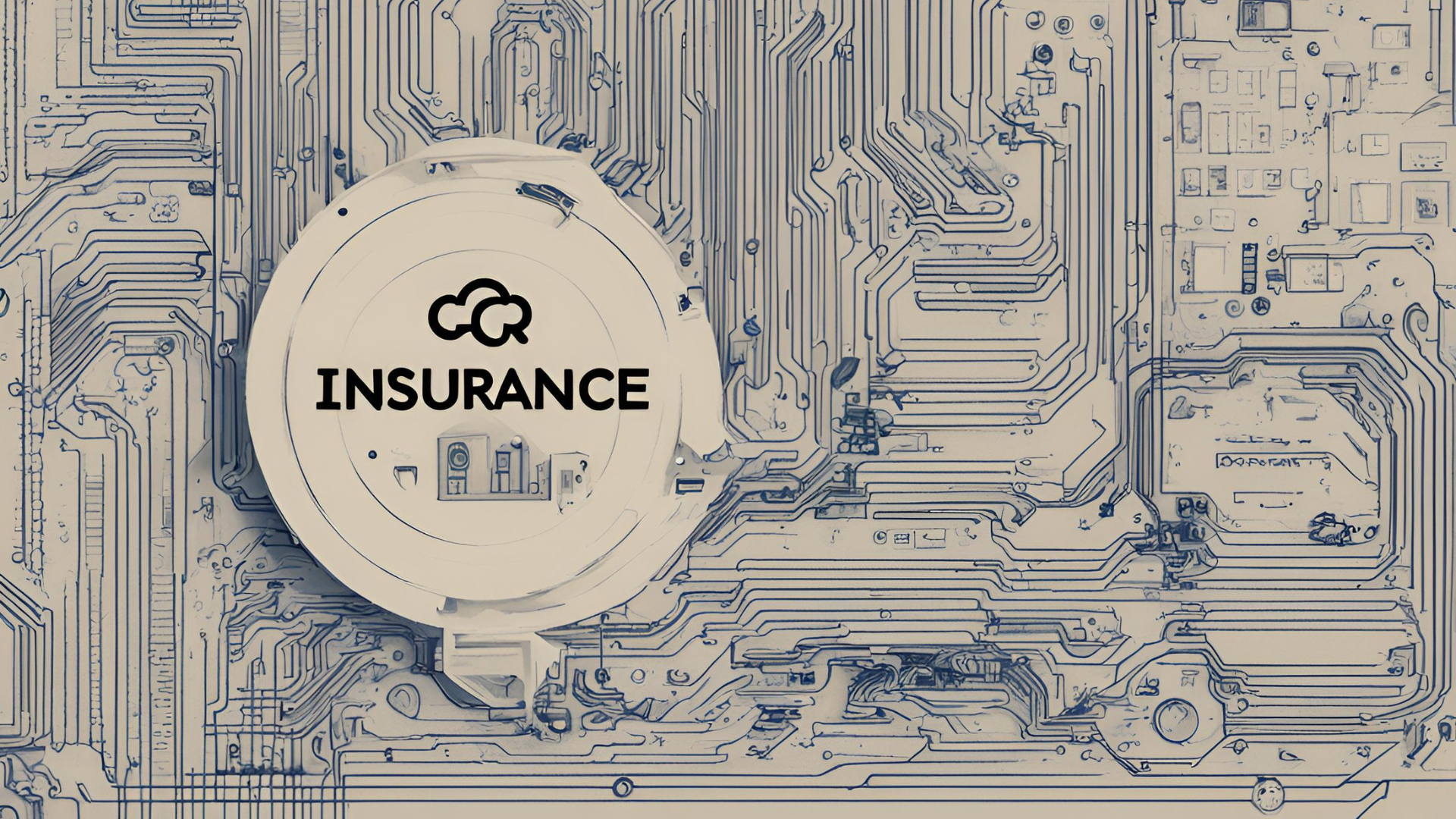Most Businesses Don't Have This Executive Role But Should
If your business falls under any data compliance regulations such as HIPAA, CMMC, PCI, SOC 2, etc., you may have been told you need a security...
4 min read
![]() Totalcare IT
:
Jul 16, 2025 10:00:00 AM
Totalcare IT
:
Jul 16, 2025 10:00:00 AM
For small businesses operating in today’s digital landscape, cyber threats are more than a buzzword—they’re a daily reality. From phishing scams and ransomware to accidental data leaks, a single cyber incident can have serious financial and reputational consequences. That’s why an increasing number of businesses are turning to cyber insurance to reduce the impact of potential attacks.
However, not all policies are created equal. Many business owners think they’re covered, only to find out—after an incident—that their policy has critical gaps. This guide breaks down what cyber insurance typically covers, common exclusions, and how to choose the right policy for your business.
You don’t have to be a large corporation to be a target. In fact, small businesses are often more vulnerable because they lack dedicated security resources. According to the 2023 IBM Cost of a Data Breach Report, 43% of cyberattacks now target small to mid-sized businesses, with the average breach costing nearly $2.98 million.
Customers today expect businesses to protect their personal information, and governments are tightening data protection regulations like GDPR, CCPA, and HIPAA. A strong cyber insurance policy not only helps cover the cost of a breach but also supports regulatory compliance, making it a key part of any modern business risk strategy.
Cyber insurance offers two main types of protection:
First-party coverage – Covers direct losses to your business.
Third-party liability coverage – Protects against claims from others affected by a cyber incident.
Let’s break each down.
This coverage addresses the immediate impact on your business when a cyberattack occurs.
After a breach, first-party coverage helps you manage the situation by covering costs to:
Investigate what happened and what data was affected.
Consult legal experts to comply with data breach laws.
Notify affected customers.
Provide credit monitoring if sensitive data was compromised.
If your business experiences downtime due to a cyberattack, this coverage helps recover lost income and keeps operations moving while systems are restored.
Ransomware attacks are on the rise. Coverage includes:
Ransom payments (if deemed necessary).
Negotiation services with cybercriminals.
Restoration of encrypted files and systems.
This helps cover the costs of restoring lost or corrupted data using backup systems or professional recovery services.
A breach can damage your brand. This coverage may include:
Public relations assistance.
Communications planning to maintain customer trust and transparency.
This protects your business from legal and financial consequences when a breach impacts others.
Covers legal expenses if customers or partners sue you for data exposure or mishandling.
Helps pay for:
Fines or penalties from regulators.
Legal defense during investigations related to data protection laws.
Covers:
Defamation claims stemming from a breach.
Intellectual property or copyright violations caused by cyber incidents.
If your business is sued due to a data breach, this coverage helps pay for:
Attorney fees.
Court settlements or judgments.
You can often customize your cyber insurance policy with additional protection based on your industry or specific concerns.
Protects against financial losses caused by phishing attacks or fraudulent communications that trick employees into sending funds or sensitive information.
Covers the replacement of devices rendered useless (or “bricked”) by malware or destructive cyberattacks.
Essential for IT service providers, this coverage protects against claims of errors or failures in the services or software your business provides.
Understanding policy exclusions is just as important as knowing what’s included.
If your business neglects basic cybersecurity practices (like failing to use MFA, firewalls, or regular software updates), your insurer may deny your claim.
Tip: Many insurers require proof of good security hygiene, such as employee training and vulnerability assessments.
If a breach or attack began before your policy started—or if you ignored a known vulnerability—those damages won’t be covered.
Tip: Patch known issues before purchasing coverage and document your cybersecurity posture.
Most policies exclude attacks linked to foreign governments or classified as acts of war. These high-profile, geopolitical incidents are often not insurable.
Tip: Review this clause closely—especially if your business operates globally or deals with sensitive data.
Unless explicitly included, malicious actions from employees or contractors may not be covered.
Tip: Ask your insurer about coverage for internal threats if this is a concern in your industry.
While you might get PR support, long-term damage—such as lost clients or reduced sales—is rarely covered.
Tip: Consider separate coverage or crisis management services if your reputation is a core business asset.
Not all policies are alike. Use the following checklist to make an informed decision:
Ask yourself:
What data do we store (customer, financial, healthcare)?
How dependent are we on technology or cloud platforms?
Do our vendors or partners have access to our systems?
Your answers will guide the level and type of coverage needed.
Before signing, clarify:
Is ransomware or social engineering fraud included?
Are legal fees and fines covered?
What exactly is excluded and under what circumstances?
Make sure:
Your policy covers the full potential cost of a major breach.
Your deductible is manageable in case of an emergency.
Cyber threats evolve quickly. Check:
How often your policy is reviewed or updated.
Whether you can adjust coverage as your business grows or as risks change.
Consult a broker or cybersecurity advisor who understands both the technical and legal aspects. They can spot coverage gaps and ensure your policy meets your needs.
Cyber insurance is a critical safeguard—but only if you know what you're getting. Understanding the difference between what’s covered and what’s excluded can mean the difference between smooth recovery and total shutdown.
Next Steps:
Evaluate your current risk exposure.
Strengthen your cybersecurity posture.
Work with an expert to choose the right policy.
Combining insurance with smart cybersecurity practices is your best defense against today’s digital threats.
Need help decoding your policy or improving your cyber defenses? Contact us today to secure your business’s future

If your business falls under any data compliance regulations such as HIPAA, CMMC, PCI, SOC 2, etc., you may have been told you need a security...
Last year I wrote an article titled "How Much Does IT Support In Idaho Cost?" In the article, I explain how services are priced in the Managed...

Have you noticed it is harder to get cyber insurance coverage for your business this year? It's not just you. Many Treasure Valley businesses are...